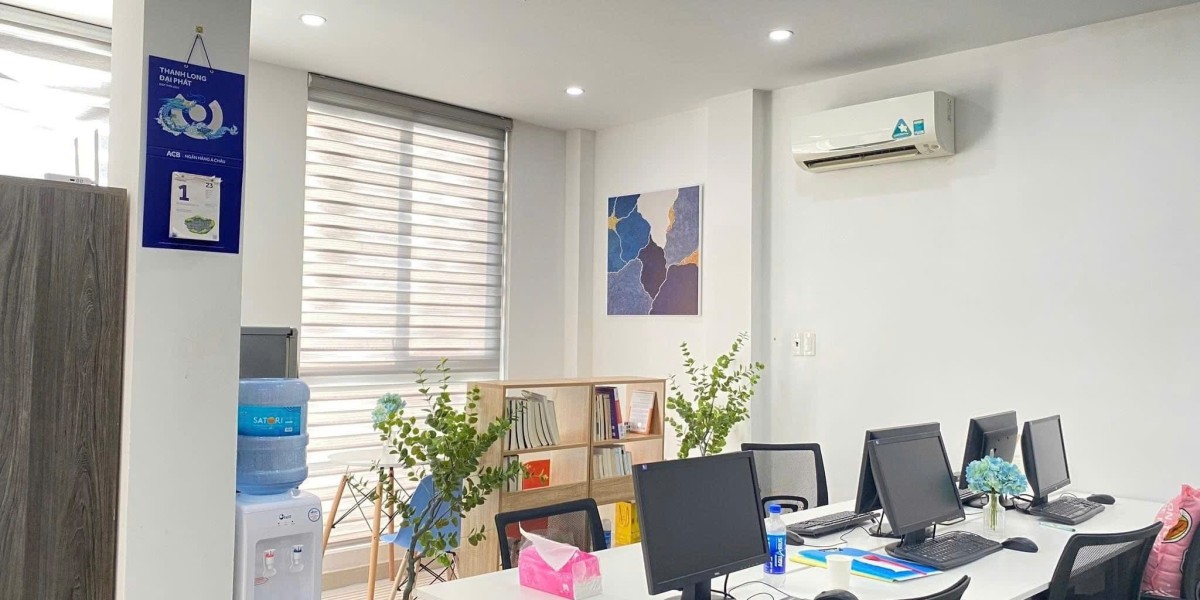In today’s digital world, businesses in the UK, Ireland, France, and Spain are increasingly looking for ways to improve communication and reduce costs. One solution that has gained significant attention is Session Initiation Protocol Trunking. SIP trunking allows businesses to make voice and multimedia communications over the internet, rather than traditional phone lines. This technology has revolutionized business communications by providing scalability, flexibility, and cost-efficiency.
What is SIP Trunking?
At its core, Session Initiation Protocol Trunking enables the transmission of voice and data over the internet. SIP trunking connects a company’s private branch exchange (PBX) system to the public switched telephone network (PSTN), allowing for both inbound and outbound calls without the need for traditional phone lines. This protocol essentially replaces the need for costly landlines, making it a viable and sustainable option for businesses of all sizes.
Instead of relying on separate telephone lines for each call, SIP trunking consolidates communication through a single connection, which can be scaled up or down depending on the company's needs. This is particularly beneficial for businesses with fluctuating call volumes or those expanding into new regions such as France, Spain, the UK, and Ireland.
Benefits of SIP Trunking for Businesses in the UK, Ireland, France, and Spain
SIP trunking is not only a cost-effective solution but also a highly flexible one. Here are some of the key benefits for businesses:
1. Cost Savings
Traditional phone systems can be expensive, particularly for businesses that make frequent long-distance calls. SIP trunking eliminates the need for separate telephone lines and costly hardware, reducing overall communication costs. In regions like the UK, Ireland, France, and Spain, where international calls and roaming charges can add up, SIP trunking offers significant savings.
2. Scalability and Flexibility
One of the major advantages of SIP trunking is its scalability. Businesses can easily add or remove lines as their needs change, whether they’re expanding operations or reducing costs. In comparison to traditional phone systems, which require expensive hardware upgrades, SIP trunking allows businesses to modify their setup without incurring hefty expenses.
3. Enhanced Communication Features
SIP trunking offers a wide range of advanced features, such as call forwarding, voicemail, conferencing, and automatic failover. These features can greatly enhance a company’s communication infrastructure, providing a more reliable and efficient experience for employees and customers alike. Additionally, it integrates seamlessly with existing PBX systems, eliminating the need for complete system overhauls.
4. Improved Reliability
In areas like the UK and Ireland, businesses rely on stable and high-quality communication services. SIP trunking offers enhanced reliability by providing options for redundant network connections. This ensures that if one connection fails, the business can quickly switch to another, minimizing downtime and keeping operations running smoothly.
5. Global Reach
For businesses operating in multiple countries, including France, Spain, the UK, and Ireland, SIP trunking offers an advantage by providing global reach. Businesses can make international calls at local rates, helping to expand their operations without the added cost of traditional international calling services. This global connectivity is a huge benefit for companies with remote teams or international clients.
SIP Trunking vs Traditional Phone Systems
Many businesses are still using traditional phone systems, which involve separate phone lines for each call. While this system has been in place for years, it comes with limitations in terms of flexibility, cost, and scalability. SIP trunking, on the other hand, offers a more modern solution with several advantages:
Cost Efficiency: With SIP trunking, there are no physical lines to maintain, which drastically reduces the overall cost of communication.
Better Support for Remote Work: SIP trunking can be accessed from anywhere with an internet connection, making it ideal for remote work setups or businesses with multiple locations in different regions like the UK, Ireland, Spain, or France.
Unified Communications: SIP trunking can be integrated with a variety of communication tools, including video conferencing and instant messaging, helping businesses unify their communication methods into one platform.
How Does SIP Trunking Work?
SIP trunking works by using the internet to carry voice data instead of traditional phone lines. The process begins with a SIP-enabled PBX system, which is responsible for routing calls. When a call is made, it is sent over the internet to the SIP trunk provider’s infrastructure. From there, the call is routed to the PSTN or another SIP-enabled system, depending on the destination.
The process is seamless and allows for high-quality voice transmission. Additionally, businesses can also send multimedia messages and data, enhancing communication across different platforms.
How to Get Started with SIP Trunking
Businesses interested in switching to SIP trunking should first assess their communication needs. A reliable SIP trunk provider can help businesses evaluate their requirements and offer customized solutions. Once a provider is selected, businesses can integrate SIP trunking with their existing systems.
For those located in regions like France, Spain, the UK, and Ireland, it is essential to choose a provider that offers reliable, low-latency services to ensure high-quality calls and connections. Companies should also ensure that their internet connection can handle the demands of SIP trunking, as bandwidth requirements will vary depending on the number of concurrent calls.
Conclusion
In conclusion, Session Initiation Protocol Trunking is an innovative and cost-effective communication solution for businesses across the UK, Ireland, France, and Spain. By replacing traditional phone lines with internet-based communication, SIP trunking helps businesses improve scalability, reliability, and efficiency. As companies continue to grow and expand globally, adopting SIP trunking can provide them with the flexibility and resources to stay competitive in a rapidly evolving business environment. For businesses looking to take their communication to the next level, ITelecoms is an ideal partner for seamless integration of SIP trunking solutions.







